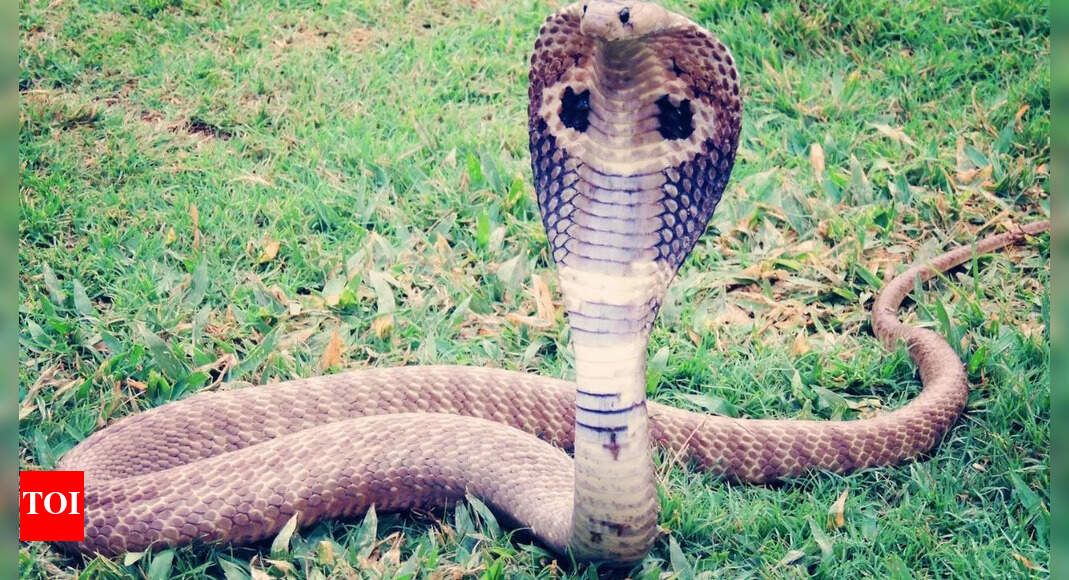King Cobra Mystery Ends: Scientists Officially Name 4 Distinct Species

Kolar, India - In a groundbreaking discovery, scientists have officially named four distinct species of king cobra, shattering the long-held assumption that this feared serpent was a single monolithic species. The revelation comes after decades of genetic and morphological study, which has provided new insight into one of the world's most mysterious reptiles.
The four species are: Northern King Cobra (Ophiophagus hannah), Sunda King Cobra (Ophiophagus bungarus), Western Ghats King Cobra (Ophiophagus kaalinga), and Luzon King Cobra (Ophiophagus salvatana).
Each species has unique characteristics, such as banding patterns, body size, and geographical distribution. The Northern King Cobra, for example, is the most geographically distributed of the group and still retains its original scientific name.
The discovery was made after a 2021 study that exhaustively analyzed DNA throughout the full known distribution range of the king cobra found four distinct lineages. Further research and consultation with museum specimens confirmed these findings, resulting in the formal classification of four species.
According to scientists, all four snakes are among the most venomous reptiles on the planet, capable of delivering a potent neurotoxic venom through a single bite that can kill a full-grown human being in under 15 minutes. The reclassification has significant implications for antivenom development and conservation efforts.
"This is a huge leap toward understanding how to save lives from bites in different habitats," said lead author Gowri Shankar Pogiri, founder of the Kalinga Foundation. The research could lead to region-specific antivenom development and safer treatment options.
The discovery also has vast implications for conservation planning, particularly in biodiversity-rich regions such as the Western Ghats and the Philippines. Individualized conservation efforts can now be tailored for each newly identified species, which is critical for species survival and habitat preservation.
Experts warn that these snakes are already under stress from habitat loss, skin and medicinal poaching, as well as human-wildlife conflict. Separating the species could promote some to endangered or critically endangered levels on international conservation platforms.
Researchers hope that this breakthrough will lead to targeted venom profiling and safer treatment options for humans and animals, ultimately saving lives and preserving these incredible creatures.
